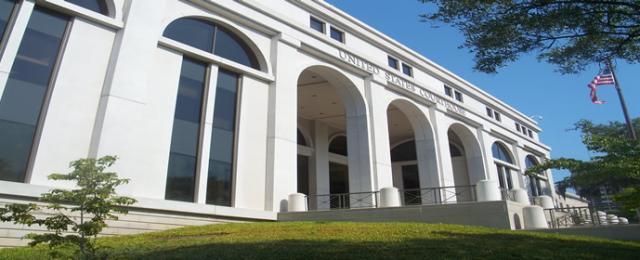Legacy Post Disclaimer
This is a #Legacy post imported from The Apalachicola Time’s previous platform. If you’re experiencing issues with this article, please email us at news@nevespublishing.com.
Native switchcane’s versatility stands tall
Standing above ones peers has several
advantages. In most cases, the tall individual will be immediately noticed and
usually recognized, hopefully for positive and refined qualities.
The elevated individual eventually attracts
those with similar attributes in both altitude and other features. This
collection has been referred to by a variety of terms.
If a positive and productive group, they can
be termed a committee or council. If a destructive assemblage, the term gang
is frequently applied.
In horticultural terms the words applied can
be thicket, or the much lesser used appellation brake. In Franklin and Gulf
counties this terminology is usually applied to canebrakes.
Arundinaria gigantea, commonly known as
switchcane, can form thick groves is some local environments. It is the sole
native bamboo species and has a long history of use by humans.
Identifying this plant is a relatively simple
process. The first clue is its height. It is typically in the six-foot range,
but under ideal conditions it will reach 25 feet.
The leaves are long and proportionally thin.
They are usually erect when new, but droop with age and can reach 12 inches in
length.
Their edges are straight, and the tips are
pointed. The lower surface of the leaves frequently has short fine hairs
sparsely scattered.
This plant is found in a variety of north
Florida environments including swamps, upland pine/hardwood forest and
riverbanks. Consistent moisture supports growth, but it will survive dry
periods.
Its ideal growing conditions include filtered
light, but it will take sunnier or shadier sites. Growth rates will be slower,
and plants will not achieve they maximum potential.
Reproduction is usually accomplished by
rhizome expansion. These roots grow to establish clusters of plants which
eventually become the canebrakes of legend and lore.
Rarely, usually only once during its life,
switchcane will bloom. Reproduction by seed is relatively uncommon.
While related to golden bamboo, the exotic
invasive species, switchcane has none of the unrestrained capabilities of its
Asian cousin. It does share many of the useful traits which make this plant a
resource to native animals and humans.
The foliage is the exclusive feed stock for
six butterfly species. The dense clusters of plants provide nesting for birds
and refuge for many small mammals.
The pre-Columbian residents of Florida and the
Southeastern region depended on this plant for a variety of items used on a
daily basis. Tools, hunting implements, household good and even food were made
from this native plants.
The pliable nature of the leaves and young
stems made this an ideal material for weaving baskets and mats. The same
quality also made it an excellent building material for shelters and homes.
Even today, this plant is used as livestock
fodder. In the days of Florida cow hunters and cracker cattle, the cattle would
use it as a high-fiber dietary staple. For sheep herders, it is known as mutton
grass which small ruminants will consume.
Use in ornamental horticulture has been
limited to this point, but it has been employed in sandy areas where erosion
has been a problem. Its dense root system stabilizes the soil and minimized its
lost.
It also may be a discipline implement. Some
sources indicate the common name is attribute to its shoots being used as
switches for naughty children.
While little known in contemporary Franklin
and Gulf counties, this native plant stands tall among its companions, and in
its ability to serve human (at least parents) and non-human residents.
To learn more about this useful native plant Franklin and
Gulf counties, contact the nearest UF/IFAS County Extension Office or visit https://sfyl.ifas.ufl.edu/find-your-local-office/. To read more
stories by Les Harrison visit Outdoorauthor.com and follow him on Facebook.



Meet the Editor
David Adlerstein, The Apalachicola Times’ digital editor, started with the news outlet in January 2002 as a reporter.
Prior to then, David Adlerstein began as a newspaperman with a small Boston weekly, after graduating magna cum laude from Brandeis University in Waltham, Massachusetts. He later edited the weekly Bellville Times, and as business reporter for the daily Marion Star, both not far from his hometown of Columbus, Ohio.
In 1995, he moved to South Florida, and worked as a business reporter and editor of Medical Business newspaper. In Jan. 2002, he began with the Apalachicola Times, first as reporter and later as editor, and in Oct. 2020, also began editing the Port St. Joe Star.